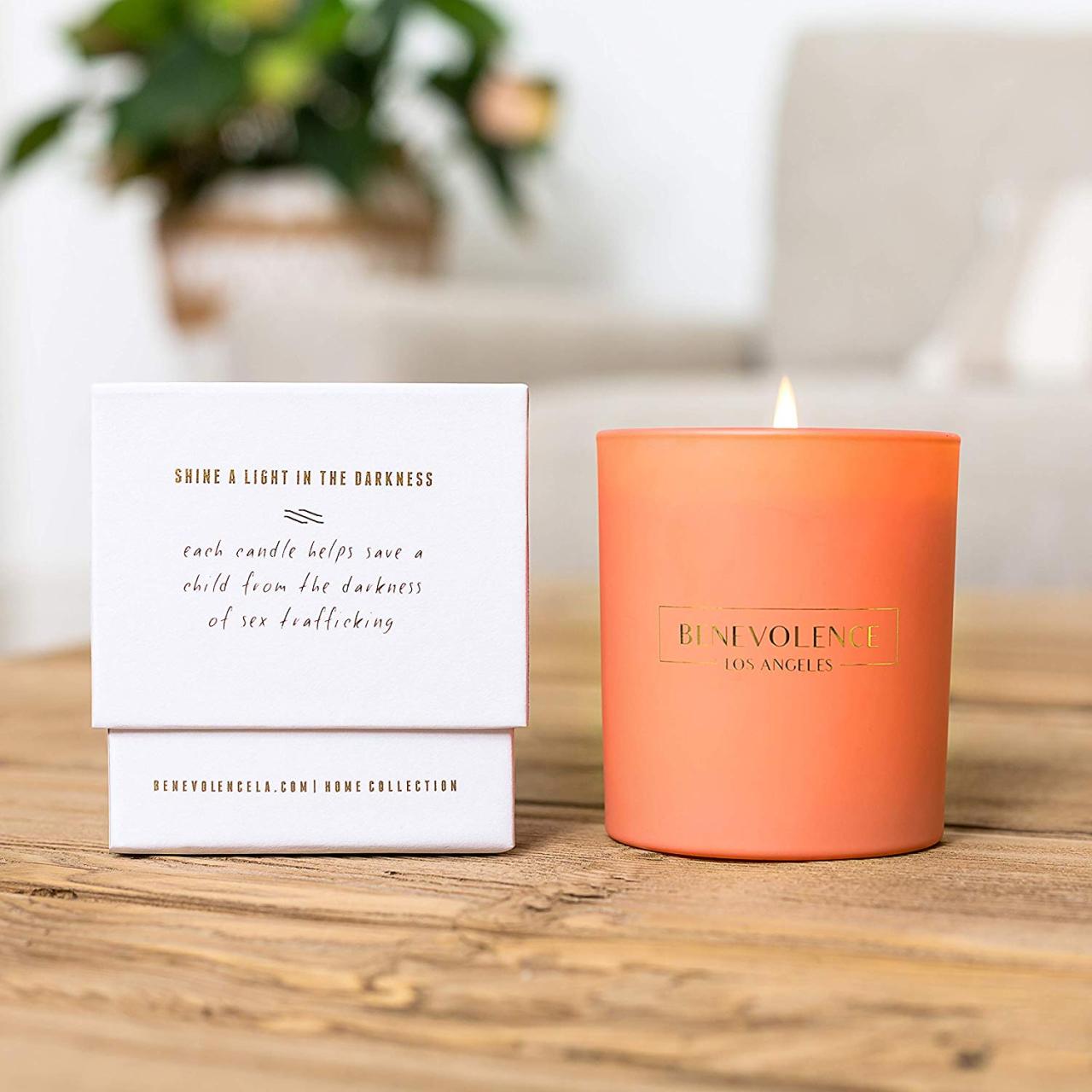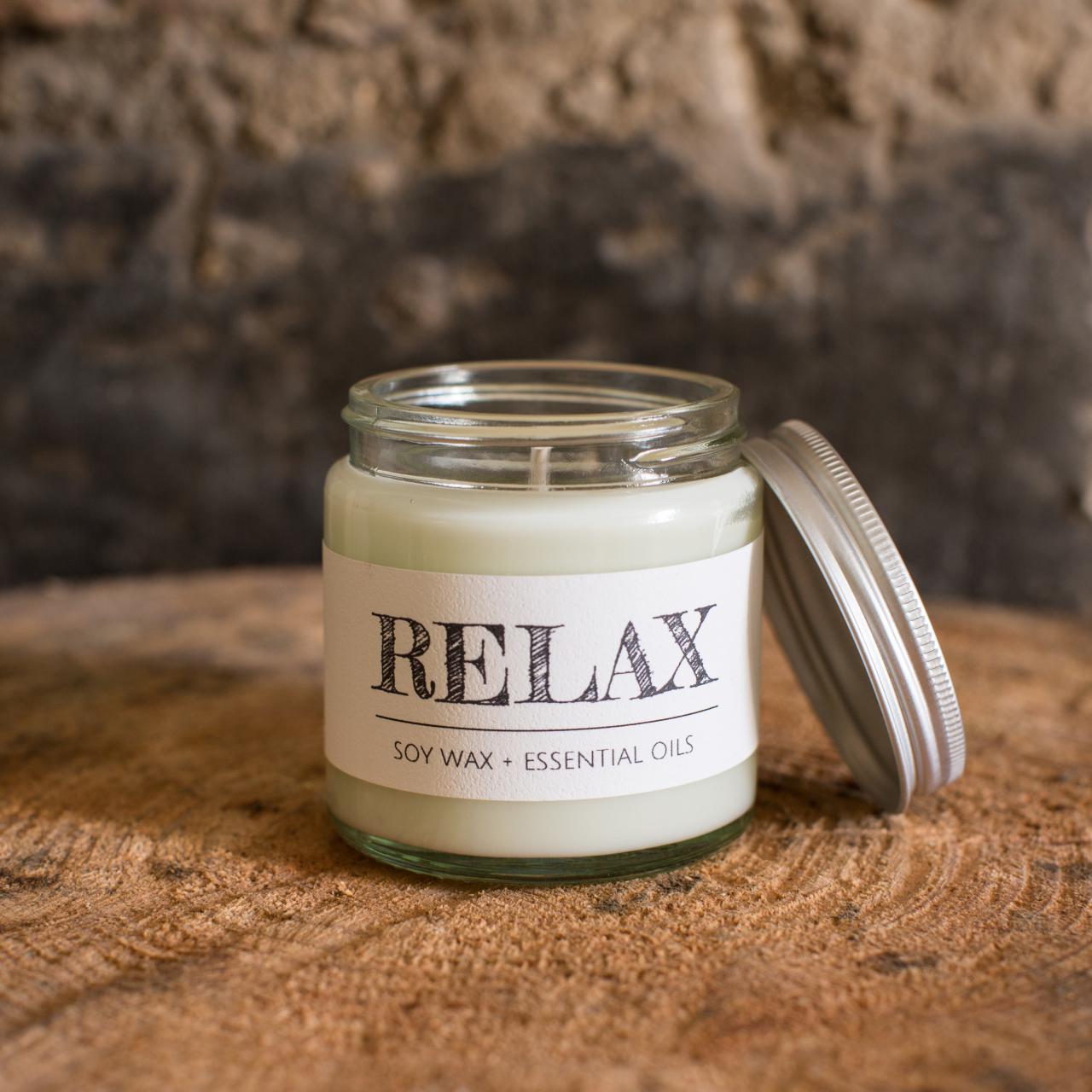Embark on a fragrant journey as we delve into the captivating world of aromatherapy candles. These aromatic creations not only illuminate your surroundings but also tantalize your senses and promote well-being.
Discover the ancient art of aromatherapy and its profound impact on our mood, emotions, and overall health. Explore the therapeutic benefits of essential oils and how they transform ordinary candles into sensory havens.
Aromatherapy Candles
Aromatherapy and its Effects
Aromatherapy is a holistic practice that utilizes natural plant extracts, known as essential oils, to promote well-being. These oils are extracted through methods like distillation or cold pressing, capturing the concentrated essence of the plant. When inhaled or applied topically, essential oils interact with the olfactory system and limbic system, which play significant roles in our emotions, memories, and physical responses.
The therapeutic benefits of aromatherapy are diverse, ranging from relaxation and stress reduction to improved sleep and enhanced mood. Different essential oils possess unique properties, allowing for tailored use based on individual needs. For instance, lavender is renowned for its calming effects, while citrus oils like lemon and orange uplift and energize.
Essential Oils in Aromatherapy Candles
Aromatherapy candles are a popular and convenient way to experience the benefits of essential oils. These candles are crafted using a blend of natural waxes, such as soy or beeswax, and essential oils. When lit, the heat releases the fragrant molecules of the essential oils into the air, creating a sensory experience that permeates the surrounding space.
The choice of essential oils used in aromatherapy candles is crucial, as different oils offer distinct therapeutic properties. Some commonly used essential oils include:
- Lavender:Promotes relaxation, reduces stress, and improves sleep.
- Citrus oils (lemon, orange):Uplifting, energizing, and mood-boosting.
- Peppermint:Invigorating, improves alertness, and relieves headaches.
- Eucalyptus:Decongestant, antibacterial, and有助於呼吸.
- Tea tree oil:Antibacterial, antifungal, and antiviral.
The Candle-Making Process
The candle-making process involves several steps, each contributing to the final aromatic experience:
- Wax selection:Natural waxes like soy or beeswax are commonly used due to their clean burn and ability to hold fragrance well.
- Essential oil selection:The choice of essential oils depends on the desired therapeutic effects and personal preferences.
- Melting the wax:The wax is melted in a double boiler or using a microwave, ensuring it does not overheat.
- Adding essential oils:The essential oils are added to the melted wax at a precise temperature, typically between 160-180°F (71-82°C).
- Pouring the wax:The fragrant wax is carefully poured into candle containers, ensuring the wicks are centered.
- Cooling and curing:The candles are left to cool and cure for several days, allowing the fragrance to fully develop.
- Ventilate the room adequately, especially if using multiple candles or strong scents.
- Avoid burning candles for extended periods, as this can lead to headaches or other discomfort.
- Keep candles away from flammable objects, pets, and children.
- Trim the wick regularly to prevent soot formation.
- Extinguish candles completely before leaving the room or going to bed.
- Soy Wax:Natural and eco-friendly, melts at a lower temperature (110-130°F), and produces a clean burn.
- Beeswax:Natural and produces a long-lasting, fragrant burn. Melts at a higher temperature (145-150°F).
- Paraffin Wax:Synthetic, melts at a low temperature (125-140°F), and is commonly used in commercial candles.
- Work in a well-ventilated area.
- Wear protective gloves and eyewear.
- Never leave burning candles unattended.
- Candle not burning evenly:Wick may be too thick or centered.
- Smoke or soot produced:Wick may be too long or the wax is not melted completely.
- Candle tunneling:Wick may be too thin or the wax is too hard.
- A study published in the journal Complementary Therapies in Medicinefound that lavender aromatherapy candles significantly reduced stress and anxiety levels in participants.
- Another study, published in Sleep Medicine, showed that chamomile aromatherapy candles improved sleep quality and reduced sleep disturbances.
Through this meticulous process, aromatherapy candles transform essential oils into a sensory experience that can enhance mood, promote relaxation, and create a welcoming atmosphere in any space.
Choosing the Right Aromatherapy Candle
Selecting the perfect aromatherapy candle requires careful consideration of several factors. Begin by identifying your desired mood or intention. Different essential oil blends evoke distinct effects, ranging from relaxation and tranquility to energy and focus. Consider the size of the room where you plan to use the candle.
Larger rooms may require multiple candles or stronger scents, while smaller spaces may benefit from a more subtle aroma.
Personal preferences play a significant role in choosing the right aromatherapy candle. Some individuals prefer floral scents like lavender or rose, while others may prefer more earthy or spicy aromas like cinnamon or nutmeg. Experiment with different scents to find the ones that resonate most with you.
Essential Oil Blends and Their Effects
The following table provides a guide to common essential oil blends and their intended effects:
| Blend | Effects |
|---|---|
| Lavender and Chamomile | Relaxation, sleep promotion |
| Citrus (Lemon, Orange, Grapefruit) | Energy, mood enhancement |
| Eucalyptus and Peppermint | Respiratory support, focus |
| Cinnamon and Clove | Warmth, coziness |
| Bergamot and Ylang-Ylang | Stress relief, mood balancing |
Safe and Effective Use of Aromatherapy Candles
To ensure the safe and effective use of aromatherapy candles, follow these guidelines:
DIY Aromatherapy Candles
Embark on a creative journey by crafting your own aromatherapy candles at home. This rewarding endeavor allows you to customize scents, select high-quality ingredients, and create a relaxing ambiance in your living space.
Choosing and Measuring Essential Oils
The choice of essential oils determines the therapeutic and aromatic benefits of your candles. Select oils based on their desired effects, such as relaxation, invigoration, or sleep promotion. Measure essential oils precisely using a calibrated dropper or graduated cylinder to ensure optimal scent intensity.
Types of Candle Waxes
Various waxes are available for candle making, each with unique properties and melting points. Popular options include:
Safety Precautions and Troubleshooting
Candle making involves handling hot wax, so adhere to these safety measures:
If you encounter issues during the candle-making process, refer to the following troubleshooting tips:
The Science Behind Aromatherapy Candles

Aromatherapy candles are believed to provide therapeutic benefits through the inhalation of essential oils, which are volatile compounds extracted from plants. Scientific evidence supports the claim that these candles can positively influence our emotional and physical well-being.
When we inhale essential oils, they interact with olfactory receptors in our nose, triggering emotional responses and physiological changes. These receptors are directly connected to the limbic system, a brain region associated with emotions, memory, and behavior.
Role of Olfactory Receptors
Olfactory receptors convert chemical signals from inhaled scents into electrical impulses that are transmitted to the brain. Different scents activate specific receptors, leading to distinct emotional and physiological responses.
For example, the scent of lavender has been shown to activate receptors associated with relaxation and sleep, while the scent of rosemary is linked to improved alertness and focus.
Studies on Effectiveness
Numerous studies have demonstrated the effectiveness of aromatherapy candles for specific conditions. For instance:
Aromatherapy Candles in Different Settings

Aromatherapy candles offer a versatile way to enhance the atmosphere in various settings, each with unique needs and benefits. From creating a relaxing ambiance in homes to promoting well-being in spas and healthcare facilities, aromatherapy candles can be tailored to suit specific environments.
Homes
In the comfort of one’s home, aromatherapy candles can create a relaxing and inviting atmosphere. Candles with calming scents like lavender, chamomile, or bergamot can promote relaxation and stress relief. For a more uplifting experience, scents like citrus, peppermint, or rosemary can invigorate and energize.
Spas
Spas often utilize aromatherapy candles to enhance the relaxation and rejuvenation experience. Candles with scents like eucalyptus, tea tree, or peppermint can help clear the airways and promote a sense of tranquility. Scents like rose, jasmine, or ylang-ylang can create a romantic and sensual atmosphere.
Healthcare Facilities
In healthcare settings, aromatherapy candles can provide comfort and support to patients and staff. Candles with scents like lavender or chamomile can promote relaxation and reduce anxiety. Scents like peppermint or rosemary can help improve alertness and focus. It’s important to consult with healthcare professionals before using aromatherapy candles in healthcare settings.
Closing Notes
Aromatherapy candles are a testament to the power of scent and its ability to shape our experiences. Whether seeking relaxation, invigoration, or simply a touch of tranquility, these fragrant companions offer a sensory escape that soothes the soul and elevates the spirit.